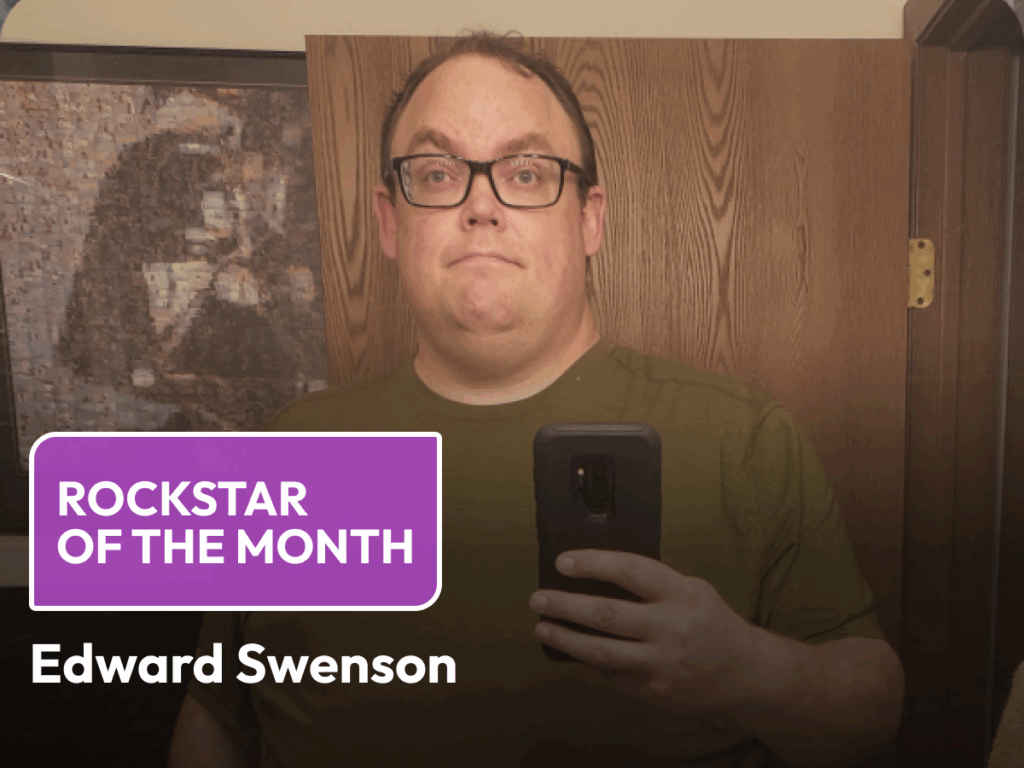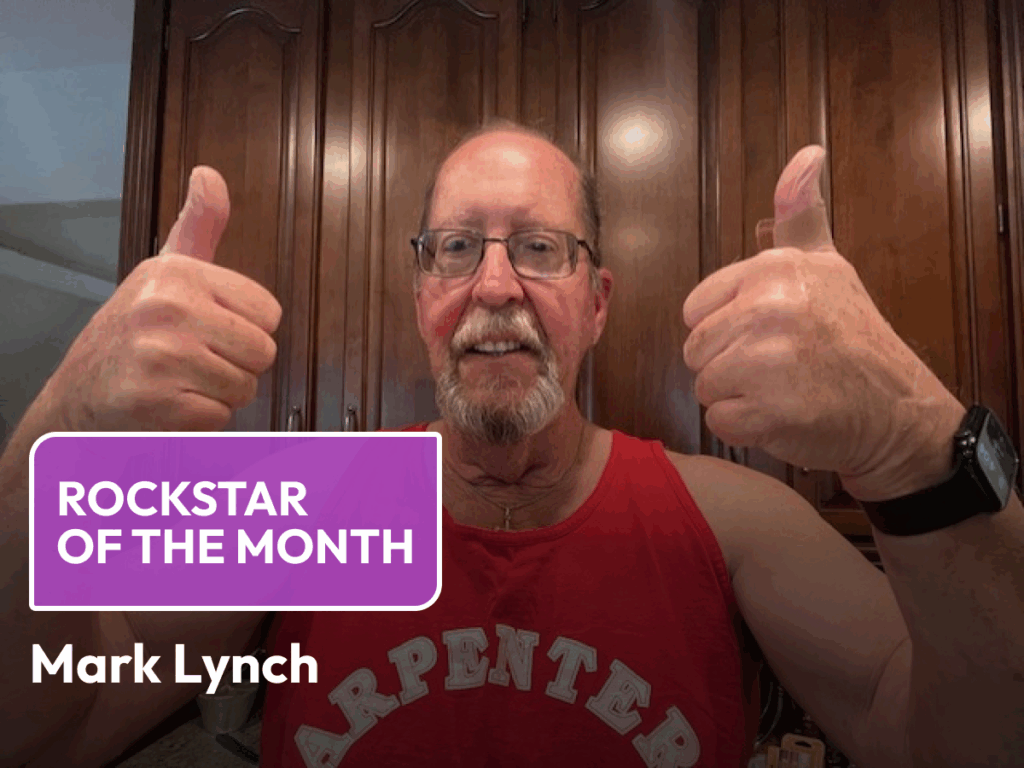If you had to select a relationship status to describe your own relation to food, it may be “it’s complicated.” Our history with food, why we eat what we eat, when we eat it, is steeped in years of habits, associations, reinforcements, possible triggers, comfort, and of course, nourishment. So it’s no wonder why this can be tricky stuff. We know there are plenty of reasons someone may turn to food when they’re not hungry. A few common scenarios come to mind. Rewarded for “finishing your plate” with dessert as a child? We may start building the association of wanting “something sweet” following dinner. Seeking comfort from a stressful situation? That chocolate bar may be the dopamine hit that provides temporary solace. Work stress lingering after your long commute home? Zoning out in front of the television with your favorite snack may allow you to take off your thinking cap. If this is something you struggle with, you’re not alone. Eating to comfort ourselves for reasons other than physiological hunger is very common. In this post, we’ll present ways to begin a conversation with yourself about why you may be eating for reasons other than hunger and how to start building new associations. By no means will this be an exhaustive list. However, perhaps it starts a new conversation and provides more context to dive deeper.
What’s your hunger level?
One of the best tools for building context around why we eat when we do is to check in with our hunger level prior to eating. The next time you’re about to eat something, ask yourself: am I physiologically hungry? Now, it can be perfectly normal to not “know” what hunger feels like. We may eat on autopilot when it’s simply “time” to eat. Then we may “clean our plate” because we’re not tuned in to the act of eating. But we’ll get to the part in the next section. For now, check in with your hunger. Am I hungry? If your answer is yes, proceed with your meal or snack. Ideally, in a mindful environment so you can assess when you’ve had enough.
If you answered no, that’s okay! Then ask yourself another question: what do I need? Answers will vary, but common requests may be:
- Time alone.
- A break from work.
- Time in nature (perhaps a walk outside).
- To feel creative/engaged.
- Help with what you’re doing (perhaps making dinner, the dishes).
The list may go on. Even if you don’t know right away “what you need,” the act of stopping and assessing your own hunger creates a pause; you’re beginning to turn off autopilot. With this pause, you start building context around your own food selections and environment. You are beginning to break the association between eating for reasons other than hunger. Even if you continue to eat whatever is in front of you, the act of pausing is a win. This is a practice!
Check your surroundings.
Ideally, we are eating in a nourishing environment that allows us to check in with ourselves and assess when we’ve had “enough” to eat. This can be hard to do when so many other things are competing for our attention. Computer screens, commutes, social media, deadlines, children, and the television may all be vying for your time, so it’s no wonder we may be attacking a few things at once. However, when these things are the primary focus, eating your meal/snack shifts to autopilot and you’re likely to eat whatever is in front of you until it’s gone. Life is super busy and sometimes distracted eating is unavoidable. Or, perhaps you like eating while doing other things and that’s okay too! There’s no one “right” way. Check in with yourself and see if current habits are supporting the relationship with food you want to have. Are you able to assess how you feel while you’re eating (assessing comfortable satiety, when you’re still hungry, if something is missing, etc.)? Can you taste your food? Are you enjoying your food? If distractions are minimized might you enjoy your food more? Again, no right way to go about this. However, if you’re looking for a more mindful connection to the experience of eating, we would suggest limiting distractions (as feasible) while you’re eating. This way, you can check in with your hunger level and observe when you’ve had enough, when you want more, how food tastes, and how satisfied you are. We’ll go out on a limb and say a less distracted eating experience may increase your satisfaction.
These suggestions are by no means a panacea. But they may be a starting point for a shift in perspective, or trying something different. We will reinforce this: our emotional relationship to food can be tricky, and we will always be proponents of getting the support you need. We highly recommend working with a qualified therapist to get this support. Don’t hesitate to talk to your medical provider or dietitian for more resources.
For further reading on similar subjects, check out this article on night eating, and this one on self care.



